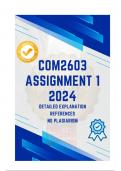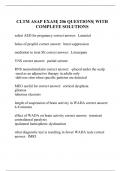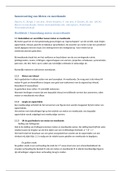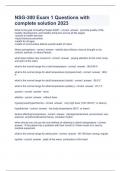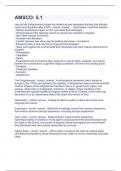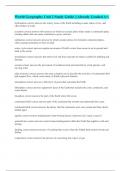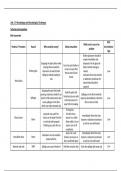Exam (elaborations)
COM2603 Assignment 1 (QUALITY ANSWERS) Semester 2 2024
- Institution
- University Of South Africa
COM2603 Assignment 1 (QUALITY ANSWERS) Semester 2 2024: Detailed Explanation, No plagiarism, 100% Trusting work, special References For assistance Whats-app-9-2-3-3-0-1-5-6-2-1-6-8: SECTION 1 INTERCULTURAL COMMUNICATION QUESTION 1 Explain the concept of ‘global village’ and discuss the role ...
[Show more]
